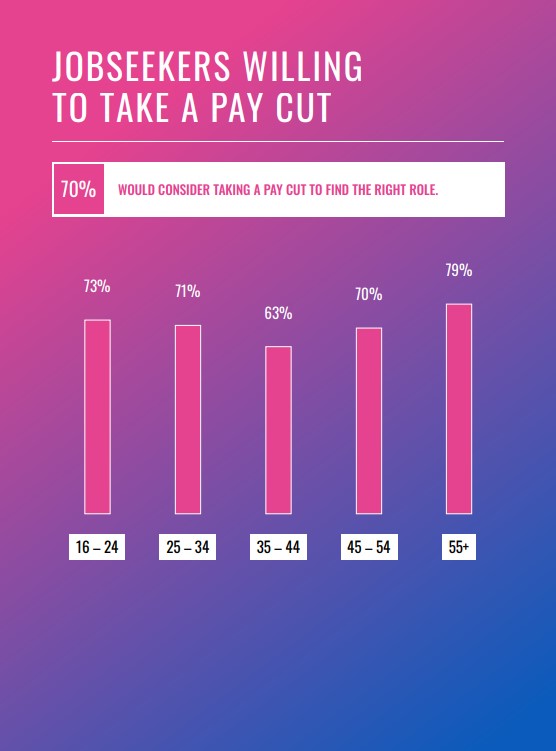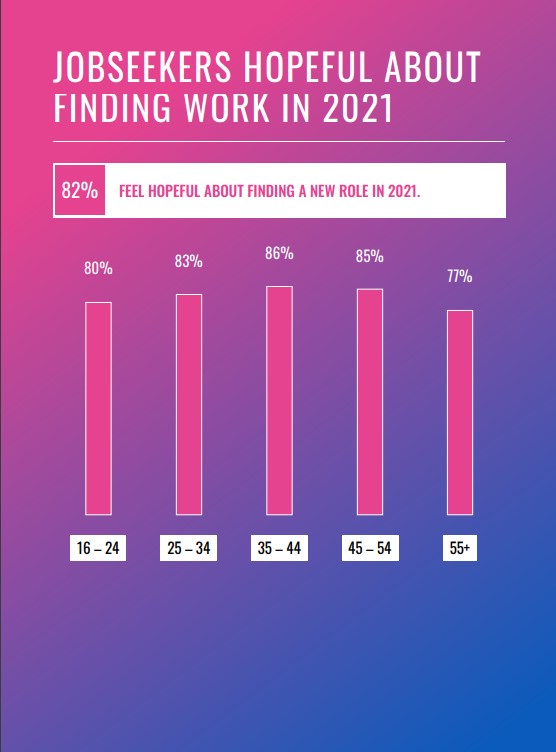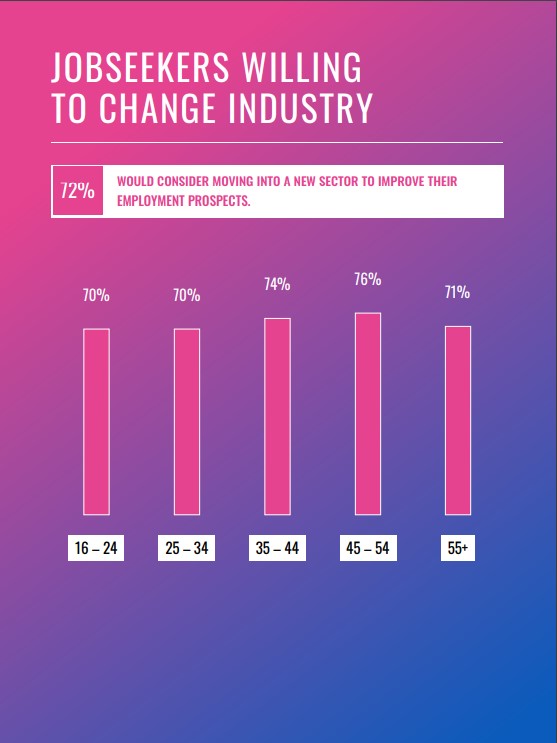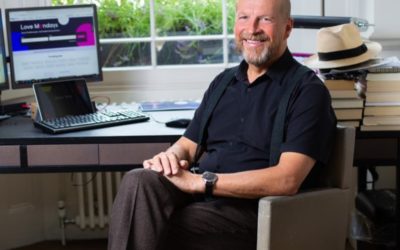In December 2020, reed.co.uk surveyed 1,521 active jobseekers, who are currently using reed.co.uk to find work. Each month, more than 7 million jobseekers turn to reed.co.uk in their search for work, making over 160,000 applications every day.
Jobseekers are now looking for better opportunities and vacancies have continued to increase; we now have nearly 175,000 new jobs listed. This makes me feel optimistic as we enter 2021.
James Reed, chairman of Reed
An adaptable workforce
According to reed.co.uk’s survey, many are willing to adapt to the changing jobs market, with over two thirds of workers (70%) saying they would take a pay cut or consider working in a different sector if the right opportunity came up. Additionally, just over half (53%) of our respondents are willing to move to a different part of the country if it led to them finding their ideal job. This means that employers have become more flexible in their location requirements, with a continued emphasis on working flexibly.

A recovering jobs market
Over 90,000 jobs went live on reed.co.uk during the first two weeks of the January 2021 lockdown (91,946 jobs in total) – this figure is 10% higher than the second lockdown, and 101% higher than the first lockdown. This, coupled with a strong finish to 2020 (which saw November as their busiest month for job postings since the start of the pandemic), means confidence is slowly returning for many of those searching for work. For those looking for new opportunities in 2021, this will be welcome news in the face of an uncertain market as we come out of lockdown.

A year of movement
With this renewed sense of optimism, reed.co.uk is predicting a ‘Year of
Movement’ – with people more open to opportunities in 2021. The flexibility of the employer and the employee is going to have a huge impact on the way we work, allowing those that had previously not considered a career change to move laterally into a sector that is growing.








